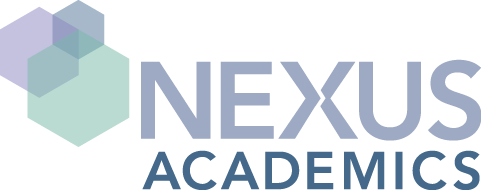Is Finger Counting Actually GOOD for Us?
Numeracy (fluency with numbers) is one of those skill sets we try to impart on our children early. We begin by counting body parts: one nose, two eyes, two ears, two hands, one mouth. Once our little ones figure out two, we move onto five (and ten) fingers and toes. From that point, number sense is rooted in relating objects and concepts to fingers. So, if this is the origin story, when are we supposed to give it up? The answer, according to Jo Boaler, professor of Math Education at Stanford University, is … NEVER!
OK, so not never. At least, not so simply. See, Boaler’s contention, which she supports with a LOT of science in her article in The Atlantic from April of 2016, is that finger counting isn’t just a stop gap for preschoolers:
In a study published last year, the researchers Ilaria Berteletti and James R. Booth analyzed a specific region of our brain that is dedicated to the perception and representation of fingers known as the somatosensory finger area. Remarkably, brain researchers know that we “see” a representation of our fingers in our brains, even when we do not use fingers in a calculation. The researchers found that when 8-to-13-year-olds were given complex subtraction problems, the somatosensory finger area lit up, even though the students did not use their fingers. This finger-representation area was, according to their study, also engaged to a greater extent with more complex problems that involved higher numbers and more manipulation. Other researchers have found that the better students’ knowledge of their fingers was in the first grade, the higher they scored on number comparison and estimation in the second grade. Even university students’ finger perception predicted their calculation scores.
I don’t know about you, but when I first read this my proverbial mind was blown: “We do what??” The part of our brain that is used to imagine our fingers (so that we don’t cut them off while chopping celery) fires up when we do math in our heads. Not just while counting to ten, but when doing arithmetic, estimation, and even higher math. We all “use” our fingers while we do math, physically as children and subconsciously as adults. If that’s the case, why does it matter if or when we cease to touch our thumbs to our fingers as we calculate our waiter’s tip or how many cups of flour go into our pancake recipe?
There is a simple and powerful explanation, a force in the world of education that stigmatizes the practice: the idolization of accelerated curriculum. The push to have children “ahead” of age-appropriate work glorifies precocious students. And despite good intentions, many educators will discourage or even belittle a child from using techniques that they feel don’t conform to their skill timeline. In other words, if your kid isn’t ahead he is behind, and the way many teachers try to GET that kid ahead is by taking away the tools that not only work now but are necessary for progress into more complex math.
This force is a seemingly inevitable, unconquerable market force of competitive academics, and as the father of two young girls I get it. Even with the best of intentions, we all compare our kids to those around them as ways to mark progress and development. We have to keep reminding ourselves that progress is a non-linear, multi-dimensional animal that proceeds in fits and starts. Ticking boxes on the checklist of academic progression lacks the nuance necessary to measure growth, and finger-counting is a great example. If we don’t actually move on from adding numbers on our fingers (since we are all still doing so in our brains), we cannot call it progress to stop touching our physical fingers while we do it.
What does this mean?
It means…let your kids count on their fingers. Actually, it means ENCOURAGE them to do so. Show them how to use their fingers as placeholders, for large multiplication, for anything they want or need to use them for! Educators have been pressing for decades to have young mathematicians represent their thinking visually, and fingers are the best visual aid we have.
